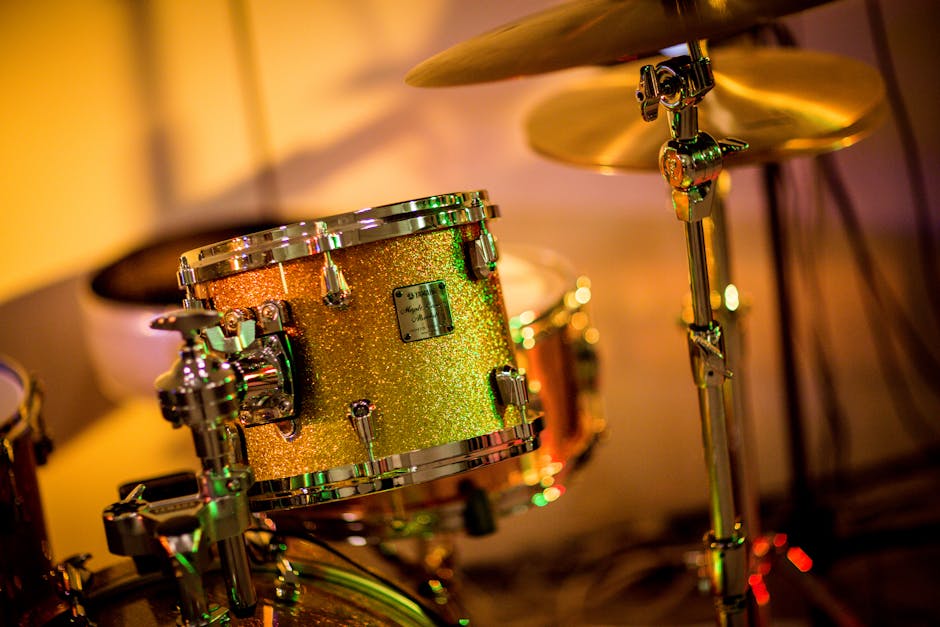 The Art of Soundproofing: A Guide to Creating the Perfect Drum Booth
The Art of Soundproofing: A Guide to Creating the Perfect Drum Booth
When it comes to recording music, sound quality is paramount. One of the most critical components of achieving high-quality sound is the drum booth. A well-designed drum booth can make all the difference in capturing the perfect drum sound, while a poorly designed one can lead to a muddy, unprofessional mix. In this article, we’ll explore the importance of soundproofing and provide a comprehensive guide to creating the perfect drum booth.
First and foremost, it’s essential to understand why soundproofing is so crucial. When drums are played, they produce a significant amount of sound energy, which can easily escape the recording space and contaminate the surrounding environment. This can lead to unwanted bleed, echo, and reverberation, making it difficult to achieve a clean, crisp sound. By soundproofing the drum booth, you can contain the sound energy and create a more controlled environment, allowing you to capture the perfect drum sound.
So, how do you go about creating the perfect drum booth? The first step is to choose the right materials. You’ll want to use materials that are dense, heavy, and have a high mass per unit area. This will help to absorb and dissipate sound energy, rather than allowing it to bounce around the room. Some popular options include acoustic panels, sound-absorbing foam, and mass-loaded vinyl.
Once you’ve chosen your materials, it’s time to start building. The key is to create a sealed environment that is completely airtight. This means sealing all gaps and cracks, and using a combination of caulk, sealant, and weatherstripping to ensure that no sound can escape. You’ll also want to use a door that is specifically designed for soundproofing, such as a solid-core door or a door with a soundproofing seal.
In addition to the materials and construction, the design of the drum booth is also critical. You’ll want to create a space that is compact and efficient, with minimal corners and edges that can create sound reflections. A circular or oval shape is often preferred, as it allows for a more even distribution of sound energy. You’ll also want to consider the height of the booth, as a taller booth can help to reduce low-end frequency buildup.
Another important aspect of drum booth design is the placement of the drums. You’ll want to position the drums in a way that allows for optimal sound quality, while also minimizing bleed and echo. This may involve using drum isolation pads or mounting the drums on a floating floor. You’ll also want to consider the placement of the microphones, as this can greatly impact the overall sound quality.
In addition to the physical design of the drum booth, there are also several other factors to consider. For example, you’ll want to choose the right type of drumheads and drumsticks, as these can greatly impact the sound quality. You’ll also want to consider the type of drumming style and the specific sound you’re trying to achieve. By taking the time to carefully plan and design your drum booth, you can create a space that is tailored to your specific needs and preferences.
Creating a drum booth is a complex process that requires careful planning and attention to detail. However, with the right materials, design, and construction, you can create a space that is perfect for recording drums. Whether you’re a professional musician or a hobbyist, a well-designed drum booth can help you to achieve high-quality sound and take your music to the next level.
In conclusion, soundproofing is a critical component of creating the perfect drum booth. By choosing the right materials, designing a compact and efficient space, and carefully planning the placement of the drums and microphones, you can create a space that is tailored to your specific needs and preferences. Whether you’re recording in a professional studio or a home setup, a well-designed drum booth can help you to achieve high-quality sound and take your music to the next level.